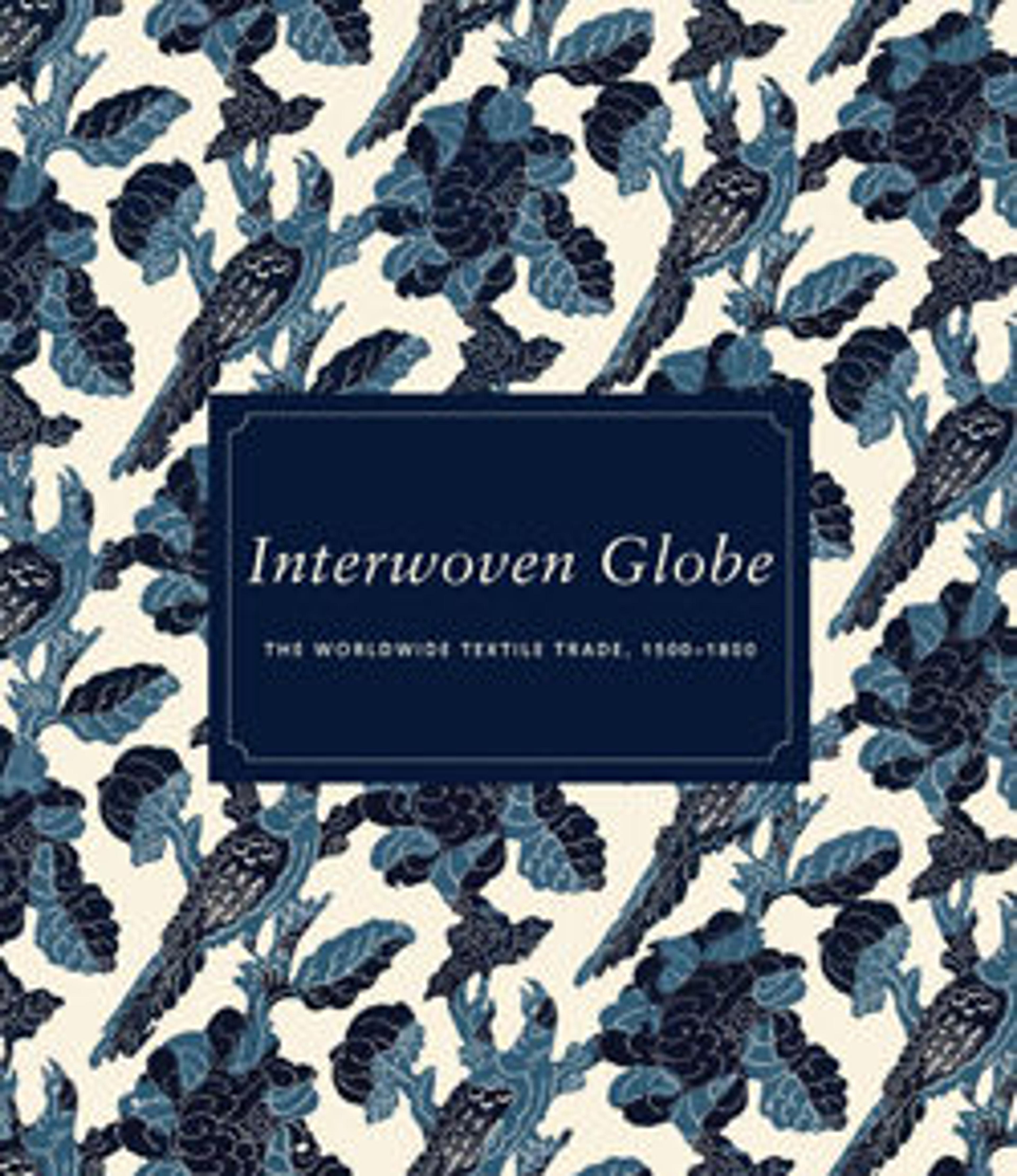Textile with Lotus and Arabesque Design
This cotton, block-printed textile employs both Indian and Chinese ornamental motifs. Looking closely at Yuan period (ca. 1271–1368) silks, this textile emulates frontal facing lotus flowers seen in its center. The border of the textile fragment which include square-and-star patterning reflects Gujarati designs seen in tie-dye textiles (known as bandani.) The wavy lotus pattern was often used on Chinese storage jars found in Iran and therefore reflect the transregional dissemination of designs across geographies, especially during the fifteenth century.
This textile fragment is one of a larger group of objects which were made in Gujarat, India, but found in Fustat, Egypt (known as Old Cairo.) It represents the intercontinental market and demand for vibrantly dyed and intricately block-printed Gujarati textiles that traveled across the Indian Ocean.
This textile fragment is one of a larger group of objects which were made in Gujarat, India, but found in Fustat, Egypt (known as Old Cairo.) It represents the intercontinental market and demand for vibrantly dyed and intricately block-printed Gujarati textiles that traveled across the Indian Ocean.
Artwork Details
- Title: Textile with Lotus and Arabesque Design
- Date: 15th century
- Geography: Made in India, Gujarat. Found Egypt, near Fustat
- Medium: Cotton, plain weave; block-printed, mordant dyed
- Dimensions: L. 18 1/8 in. (46.1 cm)
W. 8 3/8 in. (21.3 cm) - Classification: Textiles-Painted and/or Printed
- Credit Line: Purchase, V. Everit Macy Gift, 1930
- Object Number: 30.112.34
- Curatorial Department: Islamic Art
More Artwork
Research Resources
The Met provides unparalleled resources for research and welcomes an international community of students and scholars. The Met's Open Access API is where creators and researchers can connect to the The Met collection. Open Access data and public domain images are available for unrestricted commercial and noncommercial use without permission or fee.
To request images under copyright and other restrictions, please use this Image Request form.
Feedback
We continue to research and examine historical and cultural context for objects in The Met collection. If you have comments or questions about this object record, please contact us using the form below. The Museum looks forward to receiving your comments.
